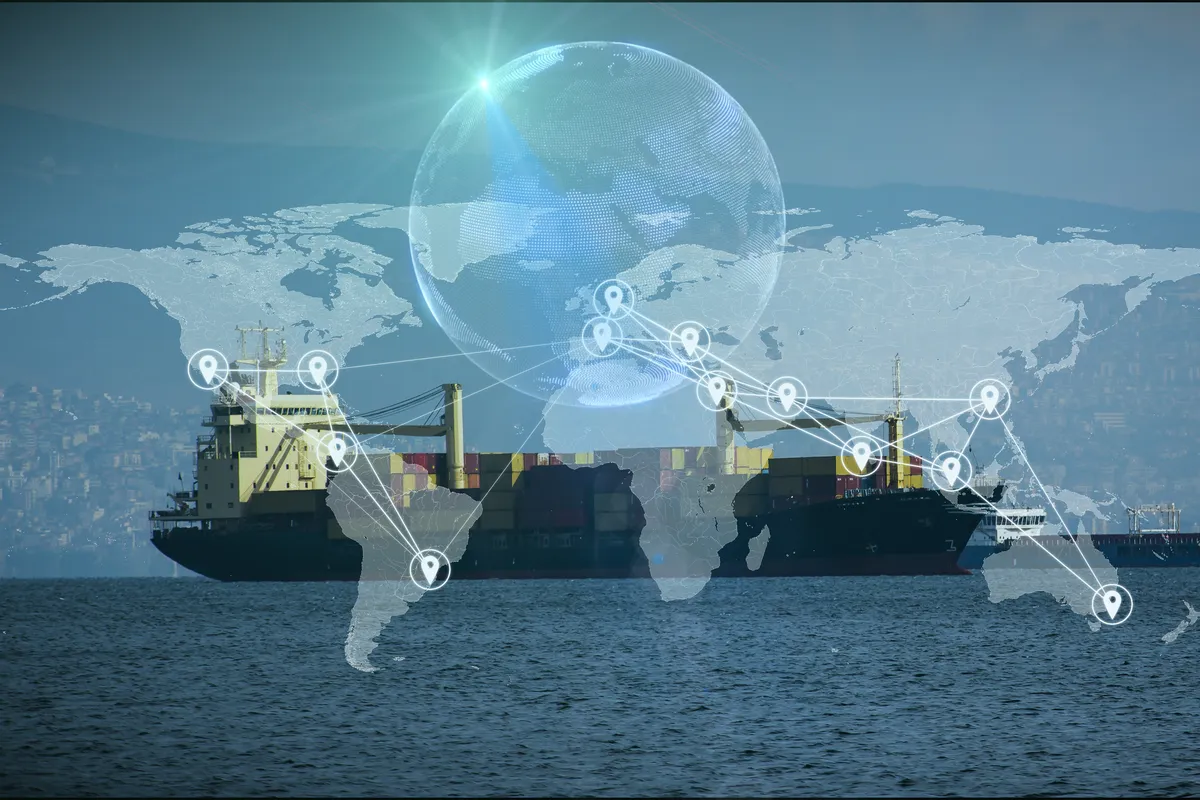UK Maritime and Coastguard Agency has issued a Marine Guidance Note - MGN 369 (M+F) Amendment 1 addressing issues related to navigation practices in restricted visibility conditions.
This note was published on 21 March 2024.
Summary:
A 2003 survey by The Nautical Institute revealed that many Officers of the Watch (OOW) lacked full understanding and adherence to the International Regulations for the Prevention of Collisions at Sea (COLREG), leading to collisions. Even two decades later, the maritime industry still faces collisions and allisions during restricted visibility, often due to non-compliance or misunderstanding of COLREG. Additionally, the adoption of technology like AIS and remotely operated unmanned vessels (ROUVs) has introduced new risks. This guidance document aims to address proper vessel conduct in restricted visibility, covering rules from Part B Section III (Rule 19) and Parts A and B Section I, applicable in various visibility conditions, not just restricted visibility.
- Introduction/background:
- This section explains that the document provides guidance on the proper conduct of vessels in restricted visibility and describes the terms and concepts related to navigation safety.
- It also mentions that the guidance is based on sources such as collision investigation reports, the International Chamber of Shipping Bridge Procedures Guide, and UK Admiralty Court/Court of Appeal judgments.
- Key Points:
- This section highlights the key points related to navigating a ship in restricted visibility.
- It emphasizes the importance of understanding and complying with the COLREGS (International Regulations for the Prevention of Collisions at Sea).
- It states that the responsibility for complying with the COLREGS lies with the Officer of the Watch (OOW) and that companies should provide guidance and training to assist the OOW in decision making.
- COLREG – General Application:
- This section provides an overview of the different sections of the COLREGS and their application.
- It explains that Section I of Part B applies to vessels in any condition of visibility, Section II applies to vessels in sight of one another, and Section III applies to vessels not in sight of one another.
- It also mentions that the COLREGS apply to all vessels upon the high seas and in all waters connected therewith navigable by seagoing vessels.
- COLREG– Application of Section I:
- This section focuses on the application of Section I of the COLREGS, which covers the conduct of vessels in any condition of visibility.
- It highlights the importance of maintaining a proper lookout, proceeding at a safe speed, and assessing the risk of collision.
- It also mentions the need for proper use of radar equipment and taking appropriate action to avoid collision.
- COLREG – Application of Section III:
- This section specifically addresses the application of Section III of the COLREGS, which covers the conduct of vessels in restricted visibility.
- It emphasizes the requirement to proceed at a safe speed, have engines ready for immediate maneuver, and have due regard to the prevailing circumstances and conditions.
- It also mentions the need to take avoiding action if a close-quarters situation or risk of collision exists.
- COLREG – Application of Part C – Rule 20:
- This section explains that the navigation lights prescribed by the COLREGS should be exhibited from sunrise to sunset in restricted visibility and may be exhibited in other circumstances when necessary.
- COLREG – Application of Part D – Rule 35:
- This section highlights the requirement to use the appropriate sound signals as prescribed in Rule 35 when navigating in or near an area of restricted visibility.
- It mentions the potential for wind turbines to create acoustic noise that could mask the prescribed sound signals.
- Clarification on Terminology:
- This section provides clarification on certain terms used in the document, such as "forward of the beam," "close-quarters situation," and "closest point of approach (CPA)."
- MAIB Reported Incidents:
- This section references several accidents that have occurred since the publication of the original version of the document.
- It highlights the gaps in safety management systems, potential noncompliance with the COLREGS, and poor lookout practices that have been identified in these incidents.
- Vessel Management:
- This section emphasizes the importance of the Master's discretion in making decisions related to safety matters, including altering the ship's speed in relation to the guidance provided in the document.
- It also recommends that shipping companies include clear guidance and instruction on safe navigational practices in their Safety Management Systems.
- Special Considerations:
- This section provides additional considerations for vessels in specific situations, such as vessels not under command, vessels engaged in fishing, and pleasure vessels.
- It emphasizes the need to have due regard to the potential limitations of other vessels and to navigate with extreme caution in restricted visibility.
- Pleasure Vessels:
- This section highlights that the COLREGS also apply to pleasure vessels and provides recommendations for pleasure vessel operators, such as maintaining a proper lookout and using radar reflectors.
- Conclusion:
- This section summarizes the main points of the document, emphasizing the importance of taking appropriate action to prevent close-quarters situations and the need for good judgment and seamanship in navigating in restricted visibility.
The implementation of COLREG during limited visibility is illustrated in the Decision Support Tree found in Appendix 1 of this MGN.
All regulations can be found at legislation.gov.uk
For more information, please see the document below (available only to subscribers):
Navigation Safety: Navigation Practices Relevant to Restricted Visibility
Application of COLREG in Restricted Visibility: Decision Support Tree

Sign up for our newsletter
Your most up-to-date maritime regulations news
It's free. No spam. Cancel anytime.









Related News
Most important regulatory news published in the last week
Jan 21, 2025
UK issues MIN 698 Amendment 1 (M) – Workboat Code 3
Jan 14, 2025
UK general exemption for ROUVs between 2.5 and 4.5 metres
Jan 10, 2025